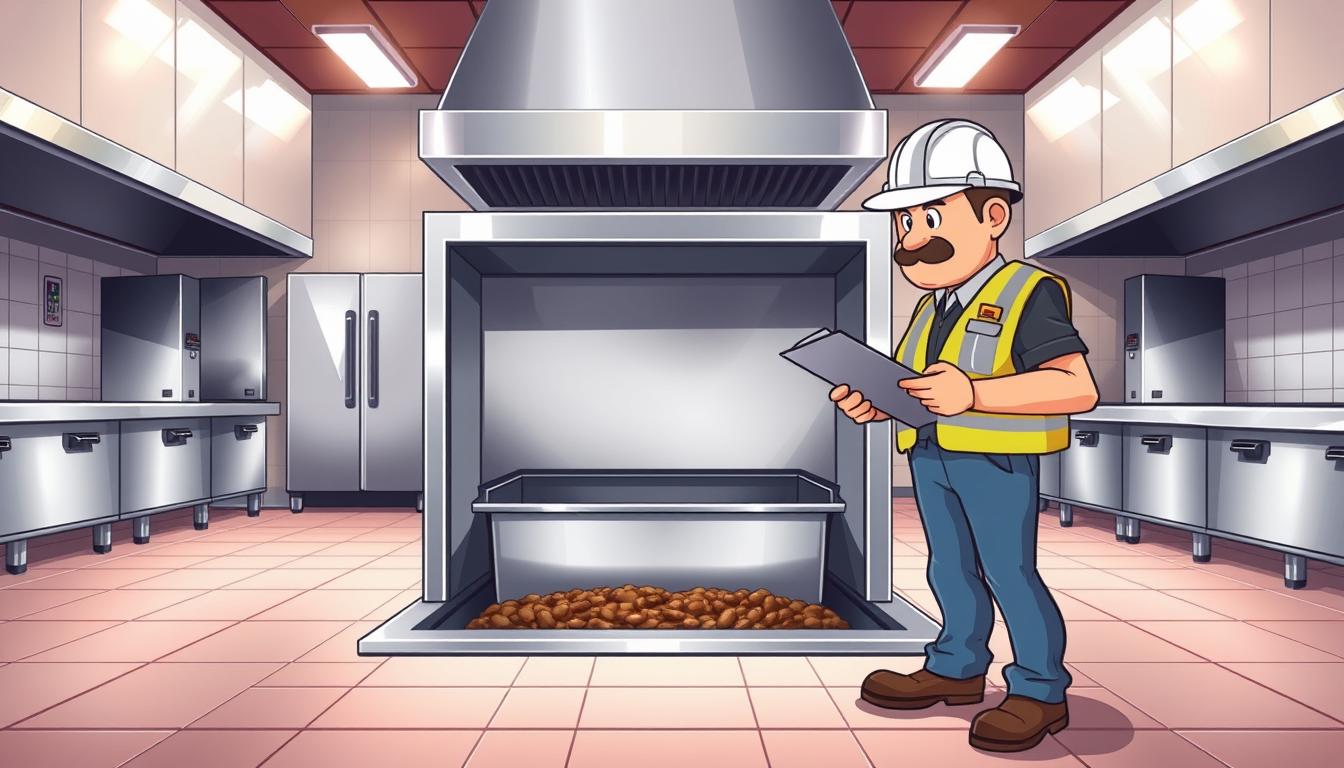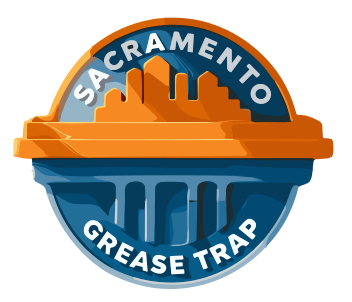How to Pass a Grease Trap Inspection Sacramento

Failing a Grease Trap Inspection can cause stress, surprise costs, and even plumbing headaches. The good news: passing is predictable when you keep fats, oil, and grease under control and your paperwork tidy. This guide gives Sacramento homeowners a plain-English plan to ace the visit, with a ready-to-use checklist and proven tips from Sacramento Greasetrap.
You will see where grease trap maintenance matters, how to use a simple grease trap maintenance log, and when to follow a smart grease trap cleaning schedule for consistent results. Sacramento Greasetrap handles the details so your system stays clean, quiet, and compliant.
What Is A Grease Trap Inspection Sacramento And How Do You Pass?
A Grease Trap Inspection reviews your trap’s access, condition, and records to confirm it separates F.O.G. and protects the sewer. To pass, keep dated cleaning records, stay under the 25% FOG limit, and follow a regular grease trap maintenance schedule supported by reliable grease trap cleaning Sacramento service.
Why Grease Trap Inspections Matter In Sacramento
Inspections exist to keep sewer lines clear of F.O.G. buildup and prevent overflows. Local utilities and cities across California require traps or interceptors in food-producing kitchens and expect regular servicing to limit grease-related clogs (see San Francisco’s FOG Control guidance).
What Inspectors Look For
- Easy access to the trap for cleaning.
- Proper installation and flow control.
- Current grease trap maintenance log with dates and volumes removed.
- Waste manifests from approved disposal.
- A realistic grease trap cleaning schedule backed by service receipts and photos.
The 25% Rule Explained
When the combined grease and solids reach about a quarter of the liquid depth, it is time to clean. Many jurisdictions use this threshold to prevent carryover into sewer lines (utilities like OC San make frequency adjustments based on operating conditions).
Pro Tip: Add a dip-stick reading to every cleaning entry in your grease trap maintenance log so you can show fill-rate trends at a glance.
How To Prepare For A Grease Trap Inspection
Preparation is simple when you make the core tasks routine.
- Create A Grease Trap Maintenance Log
Write down every cleaning or pump-out with date, time, inches of grease/solids, the hauler, and any repairs. For a quick template and walkthrough, see our guide on the grease trap maintenance log and copy the structure that inspectors want to see.
- Set A Grease Trap Maintenance Schedule
Build your grease trap maintenance schedule around usage, cooking styles, and fill rate. Matching your home kitchen’s output to a service cadence protects drains and keeps you inspection-ready. Use this Sacramento-specific guide on setting a grease trap cleaning schedule to get your interval right.
- Train The Household Or Staff On F.O.G. Basics
Teach everyone to scrape food into the trash, dry-wipe pans, and never pour fryer oil down the sink. BMPs like “dry cleanup” are proven to cut kitchen F.O.G. at the source.
Watch Out: Additives that claim to “melt grease” can push fats downstream instead of removing them. Many wastewater groups advise BMPs and proper trapping over miracle chemicals.
Step-By-Step Grease Trap Inspection Checklist
Before The Visit
- Pump and grease trap cleaning if your last service is near the limit. Sacramento Greasetrap provides thorough grease trap service Sacramento with photo proof and fill-rate readings.
- Confirm access: clear space around the lid and make sure bolts move freely.
- Update your grease trap maintenance log with dates and manifest numbers.
- Check flow control/baffles for damage; replace worn parts.
- Review how often grease traps should be cleaned based on your last three fill-rate readings.
Internal How-To: If you’re new to the equipment, see “how a trap works” so you can answer any quick questions during the visit.
During The Visit
- Show your grease trap maintenance log and disposal paperwork.
- Ask the inspector to confirm your interval fits their expectations.
- Note any recommendations and schedule follow-up work immediately.
After The Visit
- Log the inspection date and comments.
- Book the next grease trap cleaning Sacramento appointment.
- Save photos and receipts in a cloud folder labeled by month.
Pro Tip: Sacramento Greasetrap’s team closes each job with photos, measured sludge/grease levels, and a simple summary you can attach to your grease trap maintenance log for spotless documentation.
Sacramento Rules Homeowners Should Know
Cities expect traps to be installed, accessible for cleaning, and maintained at an interval that prevents carryover. Public agencies publish FOG rules, require grease-capturing equipment, and emphasize ongoing maintenance and recordkeeping.
Equipment, Access, And Recordkeeping
- Traps/interceptors sized for your fixtures and usage.
- Lids that open without obstruction.
- A current grease trap maintenance log plus hauler receipts.
- A practical grease trap maintenance schedule based on fill rate and cooking habits.
Safe Grease Disposal And Hauler Manifests
Yellow grease (clean fryer oil) belongs in recycling bins; brown grease (trap waste) requires pumping and approved disposal. Keep manifests with your log. (Agencies and utilities across CA communicate these expectations in their FOG programs.)
How Often Should Grease Traps Be Cleaned
For many homes that cook regularly, a 1–3 month cadence works; light-use homes can stretch longer if fill-rate measurements stay low. Frequency should be set by measured buildup and verified by clear sinks and odor-free drains. For local planning guidance, start with Sacramento-area scheduling basics here.
Signs You Need Service Now
- Slow drains or gurgling sounds.
- Sour odors near the sink or trap lid.
- Visible grease above the baffle opening.
- Fill-rate readings are trending toward 25%.
Choosing Grease Trap Service Sacramento
Pick providers that:
- Deliver camera or photo proof of results.
- Record depths and volumes in your grease trap maintenance log.
- Offer reminders so your grease trap cleaning schedule stays on track.
- Follow BMPs and provide clear disposal documentation.
Pro Tip: Sacramento Greasetrap aligns your service interval to your actual fill-rate and updates your grease trap maintenance log after every visit, so passing inspection becomes routine.
Mistakes And Myths That Fail Inspections (6 Items)
- “I’ll clean when there’s a backup.” Waiting risks clogs and carryover.
- “Additives replace pumping.” They often move grease downstream; stick to BMPs and real removal.
- “No log needed at home.” Inspectors still want proof of cleanings and safe disposal.
- “Any lid access is fine.” Blocked lids or seized bolts delay inspections and raise flags.
- “All devices are equal.” Interceptors, traps, and automatic removal devices perform differently; choose based on load and space, and maintain per maker guidance. (Public FOG programs distinguish gear and maintenance.
- “Standards don’t change.” Codes and local programs evolve; follow reputable sources and keep intervals flexible.
Sacramento Greasetrap: Inspection-Ready Service
We make passing a Grease Trap Inspection easy for Sacramento homeowners. Our crews clean thoroughly, measure layers, snap before-and-after photos, and update your grease trap maintenance log so records are always ready.
Photo Proof, Fill-Rate Readings, And Digital Logs
Every job includes photos, dipstick readings, and simple notes. You get a tidy grease trap maintenance log entry and reminders for your grease trap cleaning schedule.
Simple Booking And Guaranteed Clean Flow
Need grease trap service Sacramento right away? Book the next open slot and relax our team handles cleaning, documentation, and friendly guidance so your system stays compliant and quiet.
Conclusion: Pass Every Grease Trap Inspection With Confidence
Passing a Grease Trap Inspection is predictable: keep grease low, keep records tight, and clean on time. With a clear grease trap maintenance schedule, a consistent grease trap maintenance log, and smart habits for F.O.G. at the sink, you’ll protect your pipes and avoid surprise costs. Sacramento Greasetrap is ready to help you plan, clean, and document every step so your kitchen runs smoothly.

Let Us Simplify Your Grease Trap Maintenance.
Proper grease trap maintenance will reduce costly repairs in the future.
.avif)

